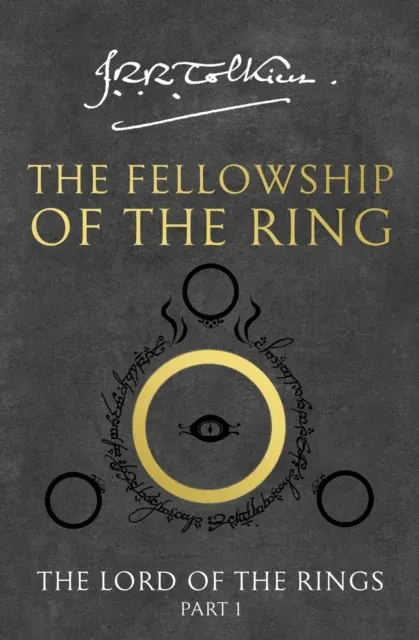Matter and Energy In Ecosystems

Photosynthesis in Ecosystems
Energy from the sun is converted into chemical energy by plants through the process of photosynthesis. Plants take water from the ground, C02 from the air, and energy from the sun's rays to preform photosynthesis.
After preforming photosynthesis, the plants release Oxygen, which is then used by other organisms to break down sugars, and release C02.
Plants help the ecosystem is by providing food and oxygen to other organisms that are part of it.
Matter and Energy in Food Webs
Food webs are diagrams used to show the movement of matter and energy through ecosystems.

The producers in the diagram are organisms that use the resources from the sun and the environment (water, nutrients in the ground, C02) to create energy and food. A few examples of producers are trees, grass, or other types of plants.
Primary consumers are organisms that take energy directly from the producers by eating them. A few examples of primary consumers are rabbits, deer, and other herbivores.
Secondary consumers are organisms that eat the primary consumers and sometimes even the producers. Some examples of this class of animals are hawks, eagles, bears (also eat berries), crocodiles, etc.
Decomposers are organisms like bacteria and worms that break down the dead of all the classes and use them for energy.




